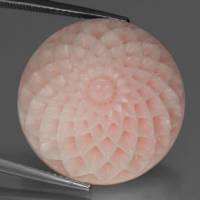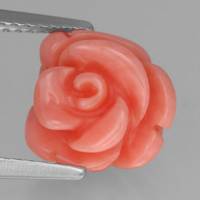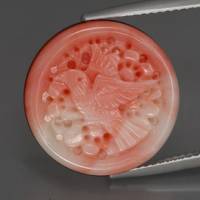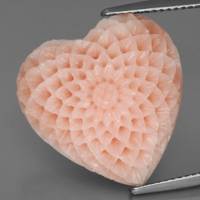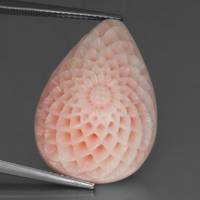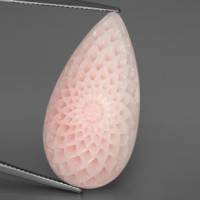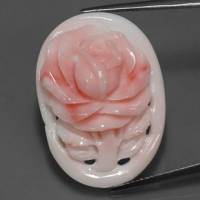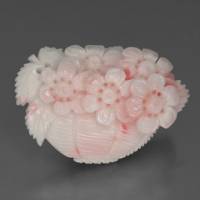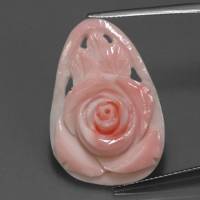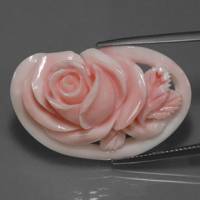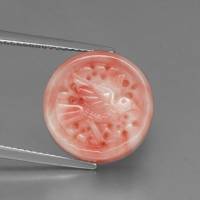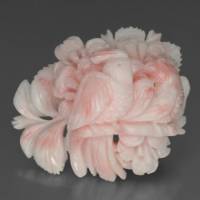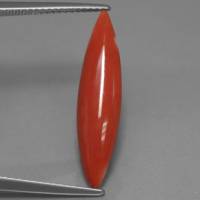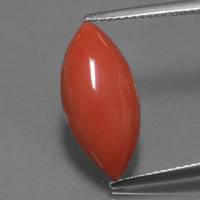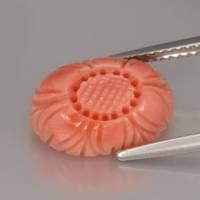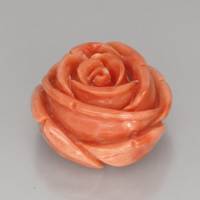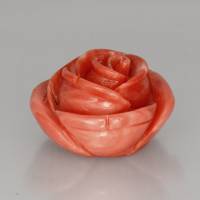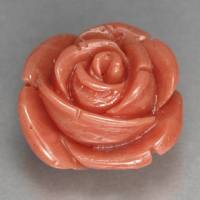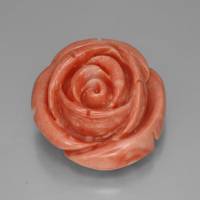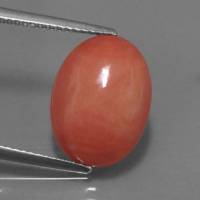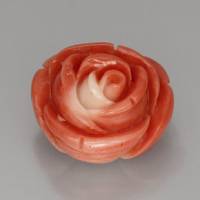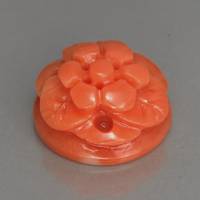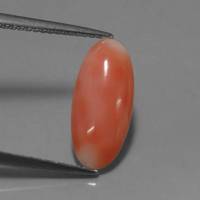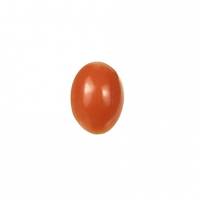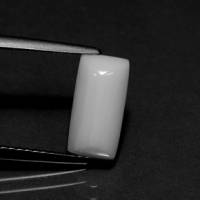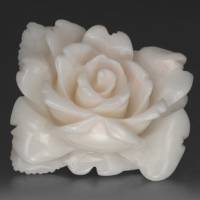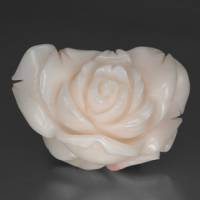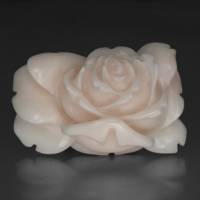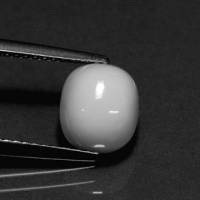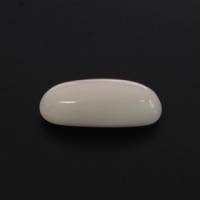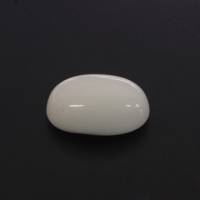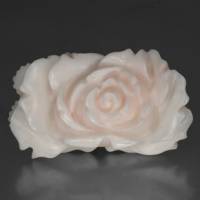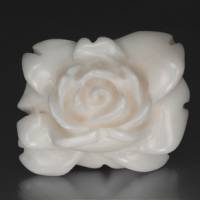Coral
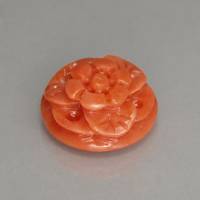
Australia
3.63 carats
© gemselect.com
The Coral is a branching skeleton-like structure built by polyp-bearing marine animals that live in colonies and are found throughout the world in the seas and oceans from freezing polar regions to equatorial reefs and at all depths. The branches are generally 20-40 cm in hight and up to 6 cm thick.
Coral Gemstones by Colour
This table shows the variety of hues this gemstone can be found in. Click on a photo for more information.
Coral Gemstones by Size
This table shows distribution of Coral gemstone sizes that are listed on this site. This can give a good indication as to the general availability of this gemstone in different sizes.
Contributed photos
Lightest:0.22 cts
Heaviest:61.71 cts
Average:18.86 cts
Total photos:43
Do you have a larger Coral? Why not upload a photo?
| General Information | ||||||
|---|---|---|---|---|---|---|
| Chemical Formula |
| |||||
| Coral Treatments | ||||||
| Dyed: mostly with polymer treatment, color and resin concentration in fractures, cavities and branches junctions. Hot point test (acetone test in some cases) may reveal the treatment. Dyed pink to red from white variety: color dignostic if from "bamboo" type (natural color is white to brownish). Dyed blue from grayish: commonly with resin treatment: light blue color concentration in pits and cracks - Blue Chart Gem Identification, Herve Nicolas Lazzarelli, 2010, p 9 | ||||||
| Coral Simulants | ||||||
| Artificial pressed product (ceramics) consisting of calcite - Red; opaque; RI 1.486 - 1.658; Birefringence 0.172; Uniaxial/-; SG 2.60 - 2.70; Hardness 3.5 - 4; Trigonal. - Gemmological Tables, Ulrich Henn and Claudio C. Milisenda, 2004, p 3 | ||||||
| Physical Properties of Coral | ||||||
| Mohs Hardness | 3 to 4, Gemstones of the world (2001) More from other references | |||||
| Specific Gravity | 2.60 to 2.70, Gemmological Tables (2004) | |||||
| Tenacity | Brittle, Gemstones of the world (2001) | |||||
| Cleavage Quality | None, Gemstones of the world (2001) | |||||
| Fracture | Irregular,Splintery, Gemstones of the world (2001) | |||||
| Optical Properties of Coral | ||||||
| Refractive Index | 1.486 to 1.658, Gemstones of the world (2001) White and redMore from other references | |||||
| Optical Character | Uniaxial/-, Gemmological Tables (2004) | |||||
| Birefringence | 0.160 to 0.172, Gemstones of the world (2001) White and redMore from other references | |||||
| Pleochroism | Absent, Gemstones of the world (2001) | |||||
| Dispersion | None, Gemstones of the world (2001) | |||||
| Colour | ||||||
| Colour (General) | Red, pink, white, orange, blue, brown, Gemmological Tables (2004) | |||||
| Transparency | Translucent,Opaque, Gemstones of the world (2001) More from other references | |||||
| Fluorescence & other light emissions | ||||||
| Fluorescence (General) | Dull purplish-red, Blue Chart Gem Identification (2010) | |||||
| Crystallography of Coral | ||||||
| Crystal System | Trigonal, Gemmological Tables (2004) | |||||
| Habit | Distinctive wavy parallel fibrous structure, Blue Chart Gem Identification (2010) | |||||
| Further Information | ||||||
| Mineral information: | Coral information at mindat.org | |||||

